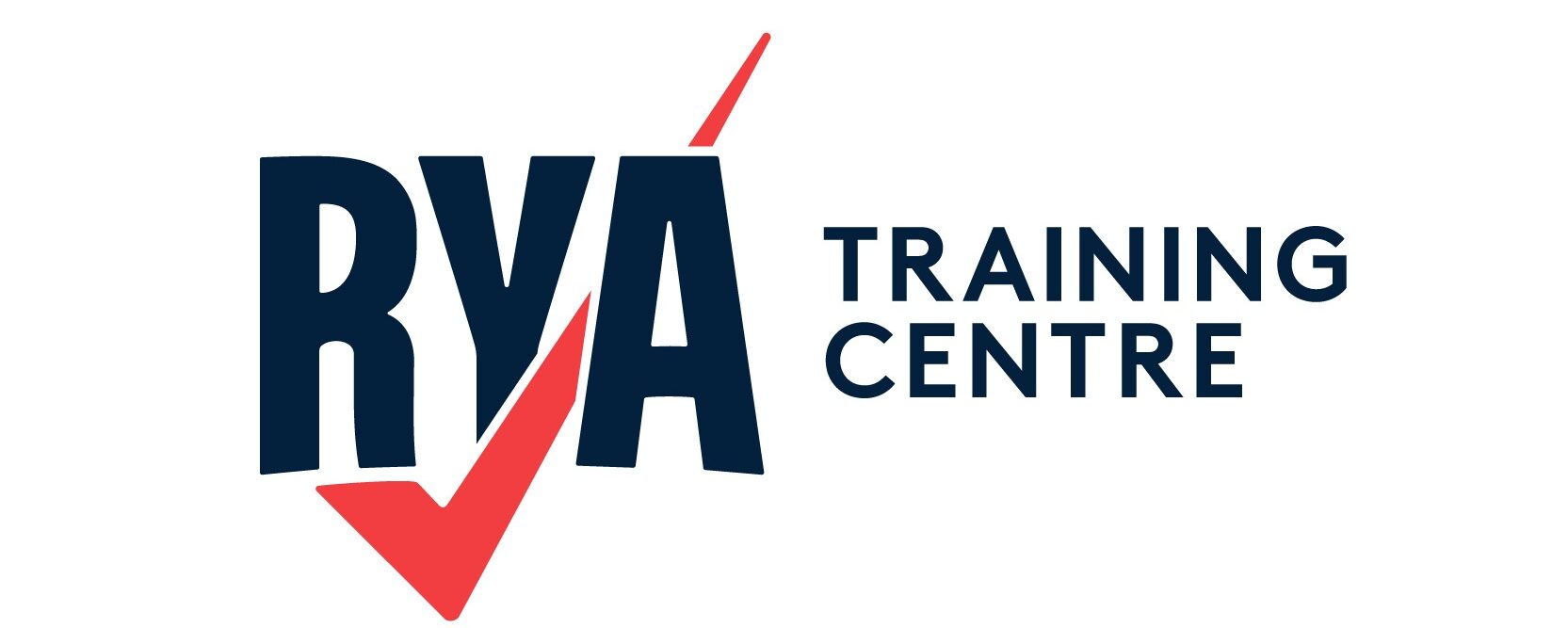A helicopter hoist may be necessary in an emergency situation at sea. It is important to know what to do to prepare for the helicopter hoist, and how to minimise any risks or danger during the procedure.
What To Do If You Need A Helicopter Hoist
Don A Lifejacket
Always wear your lifejacket in an emergency situation. Follow our tips on how to choose the right lifejacket for your purposes. It is a good idea to have the following items attached:
- EPIRB
- Light
- Spray hood
- Reflectors
Communication
The helicopter crew will communicate via VHF marine radio to give instructions and receive information from you. Monitor channel 16 on the VHF marine radio or use the handheld. If your radio has been damaged or is not working they may lower a handheld for you to use. Once the helicopter is overhead, it is almost impossible to speak/hear and so hand signals will be used.
Secure Your Vessel
Helicopters create massive downdraft when hovering above. You need to secure all items that may impede the helicopter from lowering something to your boat. Secure or store antennas, flagpoles, and loose items to stop them from blowing around and causing a danger.
Follow Instructions
Initially, a rescue swimmer is lowered to assess and manage the situation. Follow their instructions exactly, and do not assist them unless they directly ask you to. They will make the decision on how to complete the rescue based on many variable factors including sea state, weather conditions, helicopter fuel, vessel damage and human risk.
Do Not Touch
Do not touch anything being lowered from the helicopter unless it has touched your boat first. Static electricity builds up on the cable from the helicopter and may result in a shock (ranges from mild to debilitating). This also includes the rescue swimmer or any objects being lowered by helicopter hoist.
Important Items Only
When preparing for the helicopter hoist, plan to take only the most important items with you. Do not risk the rescuers life and yours for material things – they are replaceable, humans are not. Items such as passports and documents, cash, EPIRB or phones are small and acceptable – make sure they are stored in a waterproof container.
Trust the Rescuer
You may have to enter the water to be rescued. Sometimes it is a safer method than hoisting from a foundering vessel. Follow the instructions of the rescuer and trust the professionals judgement.
We hope you will never be in an emergency situation where you require a helicopter hoist. However, we hope these tips will assist you when needed. Please print a copy and keep it in your emergency procedures log.


